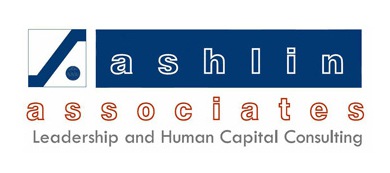At the same time, I see their more experienced counterparts (some of whom are the parents of millennials) departing organizations for the same reason: Culture.
Five Essentials of Great Organizational Culture
1. The Basics
Do you remember Maslow’s Hierarchy of Needs? It is a psychological theory of human motivation. At the bottom of the hierarchy – the foundation – are “physiological needs” that need to be met before the rise to the top: self-actualization.
As an organization, make sure you provide competitive rewards (benefits and compensation). These range from base pay/incentives, health benefits and a 401(k) match to PTO, wellness programs, and flex time.
2. The Plan
A desirable corporate culture doesn’t just “happen.” You’ll need to construct your culture deliberately – like a business plan. Organizations with superb cultures focus on the cultivation and nurturing of their cultures by dedicating time and resources to DEFINING the culture they desire. Many voices will be necessary as you build your plan, as different leaders bring different values and belief systems to the table. All should be considered if you want to build a corporate culture that will serve your organization well.
3. Feedback
Don’t rely on your own perception of the corporate culture. What “you think” is not the point. Instead, ask you constituents and do so on a regular basis. This can be done through surveys or employee forms – like a “well check.” But make sure you act upon appropriate feedback and update responders! Some organizations conduct surveys with no visible follow-up action. Do not fall into that trap.
4. Communication
Effective communication will make or break you. It must be deliberate, calculating in content and timing. Yes, communication ought to be authentic. But authenticity does not mean shoot from the hip or impulsive communication. Instead, communicate with an eye toward the culture you intend to build (as defined in the plan you developed in Step 2.) Don’t forget to check for understanding and ensure that people are on the same page.
5. Repeat
Constantly re-evaluate how your corporate culture is doing. As quickly as business changes nowadays, corporate culture can run away from you. Continue gathering feedback and sharing information. Conduct an annual check by examining your stated cultural values for their relevance with current issues. Update and change course as appropriate. And continue taking a good hard look to make sure that your people systems are aligned to your cultural values.
“Culture” alone, of course, won’t build a successful company, or attract (or retain) the best and brightest employees. But it plays an increasing role as employees of all demographics demand “more” from their jobs.
If you’d like to brainstorm ways to build, define and communicate your corporate culture, I’d be happy to help.
Paulette Ashlin’s book, Leading: The Way – Behaviors that Drive Success outlines the importance of responding to, changing, and improving your behavior to become the best leader you can be. Find out more at www.ashlinassociates.com


